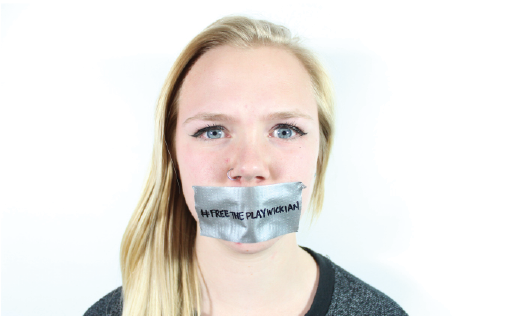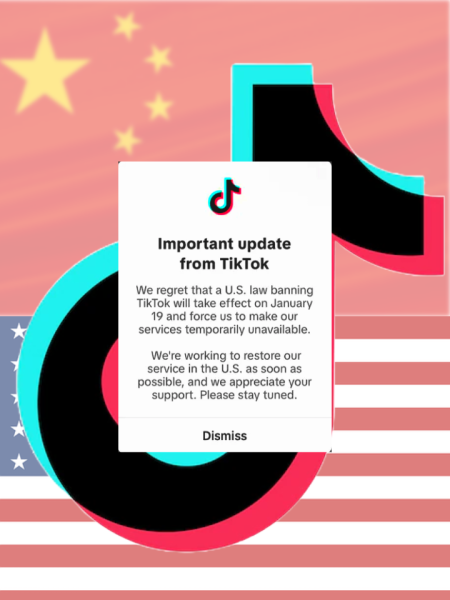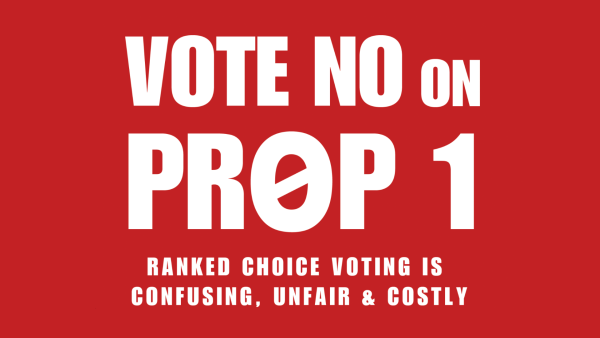FREE THE PLAYWICKIAN

FREEDOM OF SPEECH: The First Amendment has different applications for students journalists across the nation.
Recently, a Pennsylvania high school newspaper, “The Playwickian,” was prohibited by the school’s administration from making editorial decisions in regard to the use of the school mascot’s name in the paper. In response to this issue, an overwhelming amount of attention fell on First Amendment Rights for student journalists.
Sandpoint High School’s “Cedar Post” has a unique opportunity in that the paper is considered a “public forum for student expression,” which is defined by the Student Press Law Center (SPLC) as “when school officials have given student editors the authority to make their own content decisions.” In simpler terms, Cedar Post has been given the ability to publish what it sees fit: articles, letters, words, et cetera.
The Playwickian, and many other student newspapers, do not always have these same freedoms. In their case, administrators have the ability to decide what can and cannot be published, even to the extent of ordering journalists to allow the use and disuse of certain words.
In The Playwickian’s situation, editors of the paper voted last year to discontinue the use of the word “Redskins,” the school’s mascot, because they felt the term was racist and no longer wanted to print it in their publication. The editors did not publish a letter-to-the-editor in June that used the offensive word, and as a result, the administration suspended the adviser and journalism teacher and stripped the Editor-in-Chief of his/her title for September.

STAND TOGETHER: Cedar Post showed support for the Playwickian.
In general, most student journalism-related laws fall under the umbrella-decision made by the United States Supreme Court in 1969 in the Tinker v. Des Moines Independent Community School Dist. case. It was decided by the Court that “it can hardly be argued that either students or teachers shed their constitutional right to freedom of speech at the schoolhouse gate.”
However, the First Amendment only protects individuals from government suppression of Freedom of Speech. School districts and administrators are still able to enact censorship in schools if they see fit, unless the newspaper falls under the category of “a public forum for student expression” as defined by the 1988 Hazelwood School District v. Kuhlmeier decision. Because of this, publications like the Cedar Post can still be given certain rights that allow more freedom of expression in high schools, unlike many other student journalism teams around the United States.

Sarah Wells is a senior and is News Editor (first semester) and Photo Editor (year-long) for the Cedar Post. This is her second year on staff.

Cooper King is a senior and is Editor-in-Chief for the Cedar Post. This is his third year on staff; previously he took on the roles of Photo Editor and...





